Reptiles, featuring unique and bizarre biological characteristics, have long fascinated scientists and nature enthusiasts. As we delve deeper into reptiles, you will uncover a bewildering biological world. In this guide, let’s explore more about reptiles, like the reptile pets’ basics, types, and features.
Content Table
World distribution of reptiles
Reptiles are found across the globe in various habitats, but their distribution is influenced by factors such as climate, geography, and the availability of suitable habitats for different species. Commonly, reptiles can be found in tropical regions, deserts, temperate regions, islands, aquatic and Coastal regions, etc. Next, let’s take a look at some examples.
- Turtles & Tortoises
Different species can be found on every continent except Antarctica. For example, the red-eared slider (Trachemys scripta elegans) is native to the southeastern United States, while the African sideneck turtle (Pelusios spp.) is found in parts of Africa.
- Lizards
The distribution of aquarium lizards varies depending on the species. Some popular choices include bearded dragons (Pogona spp.) from Australia, leopard geckos (Eublepharis macularius) from Pakistan and India, and green anoles (Anolis carolinensis) from the southeastern United States.
- Snakes
Certain snake species are also kept in aquariums, particularly those with aquatic or semiaquatic habits. Examples include garter snakes (Thamnophis spp.) found in North and Central America and specific species of water snakes (Nerodia spp.) found in North America.
- Crocodilians
Crocodilians, such as alligators and crocodiles, are occasionally found in larger public aquariums or specialized facilities. They have limited distribution, mainly in tropical and subtropical regions. For instance, the American alligator (Alligator mississippiensis) is found in the southeastern United States, while the saltwater crocodile (Crocodylus porosus) is native to parts of Southeast Asia and Australia.
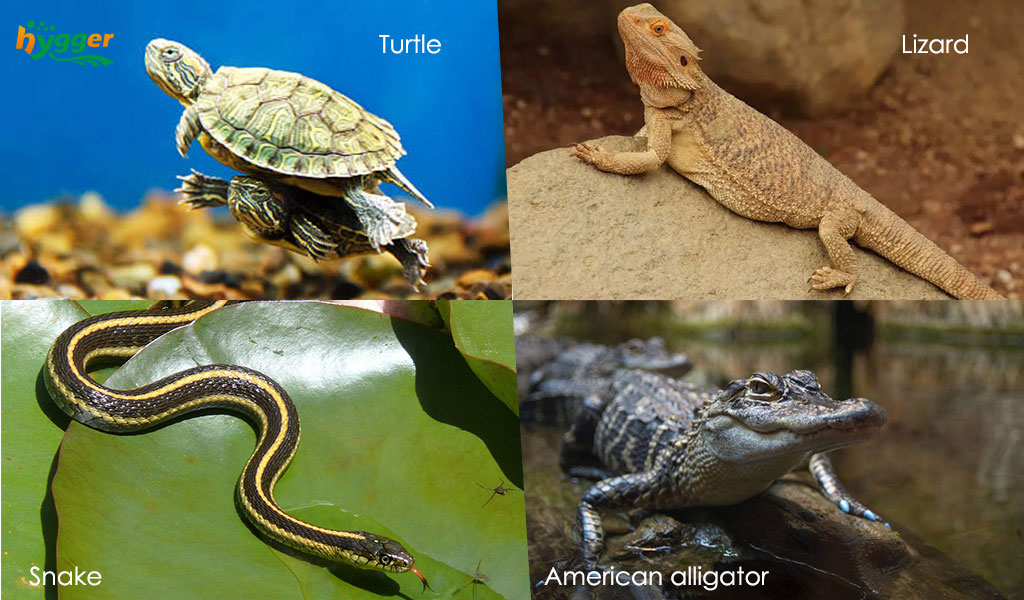
Types of reptiles
Features of reptiles
- Scaly skin
Unlike mammals, reptiles do not possess sweat glands, and their scaly covering serves multiple purposes. Not only does it provide protection, but it also aids in reducing water loss, enabling them to survive in arid environments. Some reptiles, like chameleons, possess the ability to change the color of their skin for camouflage or communication purposes.
- Cold-blooded nature
Reptiles are ectothermic, meaning they rely on external heat sources to regulate their body temperature. This adaptation allows them to thrive in a wide range of habitats, from the scorching deserts to the icy tundras. It also influences their behavior, as reptiles are often seen basking in the sun to absorb warmth or seeking shade to cool down.
- Peculiar reproduction
Some reptiles, like turtles and crocodiles, exhibit temperature-dependent sex determination, where the incubation temperature of the eggs determines the sex of the offspring. Additionally, certain species of reptiles are capable of asexual reproduction, enabling females to produce offspring without the need for fertilization.
Types of reptiles
In this part, we will list some types of reptiles.
- Turtles and Tortoises
Various species of turtles and tortoises are popular choices for aquarium enthusiasts. Some commonly kept species include the red-eared slider (Trachemys scripta elegans), painted turtle (Chrysemys picta), box turtle (Terrapene spp.), and Russian tortoise (Agrionemys horsfieldii).
- Lizards
Lizards are another group of reptiles that are commonly found in aquarium setups. Popular species include the bearded dragon (Pogona spp.), leopard gecko (Eublepharis macularius), crested gecko (Correlophus ciliatus), anole species (Anolis spp.), and blue-tongued skink (Tiliqua spp.).
- Snakes
While not as commonly kept in aquariums as in specialized enclosures, some snake species can thrive in well-designed aquarium setups. For example, garter snakes (Thamnophis spp.), corn snakes (Pantherophis guttatus), and ball pythons (Python regius).
- Crocodilians
Certain species of crocodilians, such as alligators and crocodiles, can be kept in larger public aquariums or specialized facilities. American alligators (Alligator mississippiensis) and Nile crocodiles (Crocodylus niloticus) are occasionally kept in controlled and spacious aquatic enclosures.
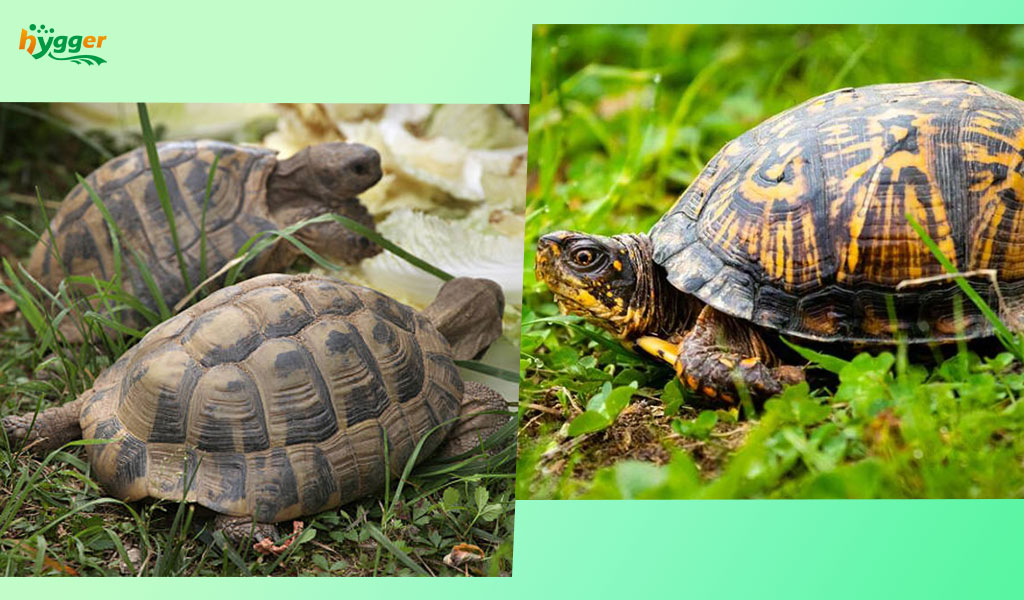
Backwater reptiles
Backwater aquariums are specifically designed to mimic the natural habitats of reptiles that inhabit swampy or marshy areas. These setups often include a combination of land and water sections to create a suitable environment for the reptiles. Next, we will share some backwater reptiles.
Mud turtles
Mud turtles, such as the common mud turtle (Kinosternon subrubrum), are small aquatic turtles that thrive in backwater aquariums. They require a mix of land and water areas, with access to both basking and swimming.
African sideneck turtles
African sideneck turtles (Pelusios spp.) are semiaquatic turtles that are commonly found in swampy areas of Africa. They have a distinctive neck that bends sideways, and they require a backwater setup with ample swimming space and a basking area.
Musk turtles
Musk turtles, including the common musk turtle (Sternotherus odoratus), are small aquatic turtles that inhabit slow-moving bodies of water. They are well-suited for backwater aquariums and require a mix of land and water areas.
Green tree pythons
Green tree pythons (Morelia viridis) are arboreal snakes that can be kept in backwater setups with large and vertically oriented enclosures. These snakes are visually striking and require a combination of land and water areas, along with plenty of climbing opportunities.
Water snakes
Certain species of water snakes, such as the Northern water snake (Nerodia sipedon), are commonly found in backwater habitats. These non-venomous snakes require ample swimming space and areas for basking.
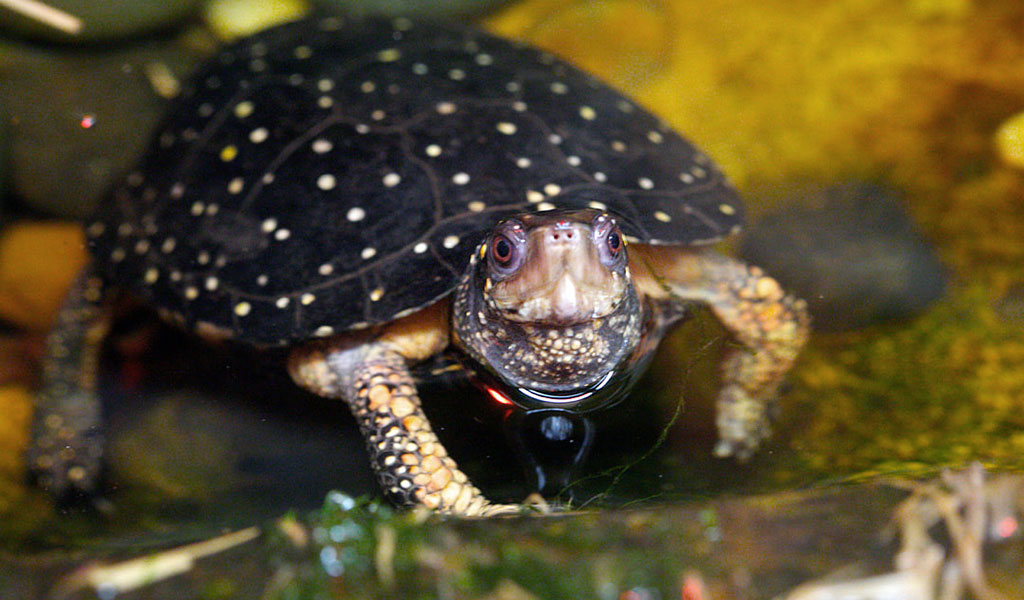
Are turtles reptiles
Turtles are reptiles, belonging to the order Testudines. They are divided into three types, aquatic, semiaquatic, and terrestrial turtles. No matter what type of turtle, they do need careful maintenance, especially in cold seasons. Also, turtles have several distinct features that classify them as reptiles.
- Cold-blooded nature: Like all reptiles, turtles are ectothermic, meaning they rely on external sources of heat to regulate their body temperature.
- Scales and Scutes: Turtles have scales on their skin, which are characteristic of reptiles. Also, turtles have a unique body structure consisting of a shell, which is made up of bony plates called scutes. The shell acts as a protective covering and is formed from modified ribs and vertebrae.
- Laying eggs: Turtles reproduce by laying eggs, another characteristic shared with reptiles. Females typically dig nests in the ground to deposit their eggs, which are then incubated until they hatch.
- Breathe air: Turtles are air-breathing reptiles and possess lungs for respiration. They have specialized adaptations that allow them to spend extended periods underwater, but they still need to come to the surface to breathe.
Additionally, we will cover some reptilian turtles in the table below.
| Painted turtles | Red-eared slider | Musk turtles |
| Map turtles | Box turtles | Spotted turtles |
If you want to know more about turtles and freshwater Crustaceans, you can go to:
Reminder
Keeping aquarium reptiles requires proper knowledge, care, and consideration of their specific needs. Some reptiles have specific legal requirements or restrictions on their ownership, depending on the country or region. Hence, before keeping reptiles as pets, you’d better research and understand the specific care requirements, legalities, and ethical considerations associated with keeping reptiles in aquariums.
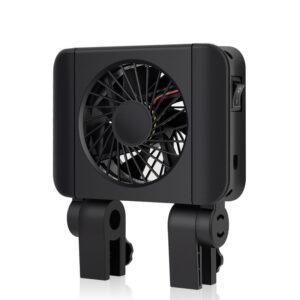
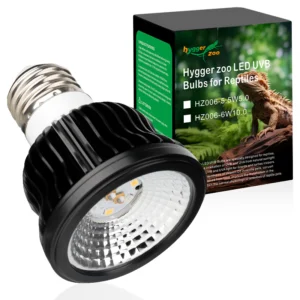
Leave a comment